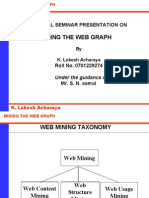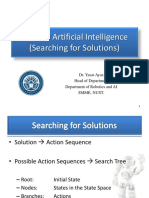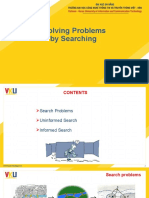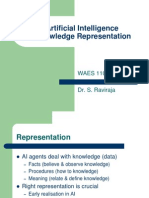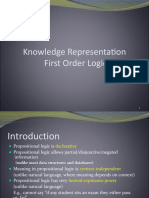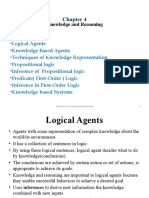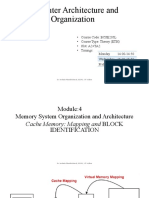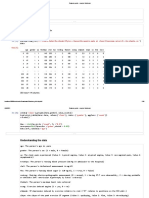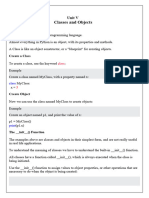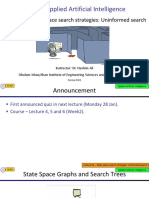0% found this document useful (0 votes)
52 views32 pagesUnit 2 - Problem Solving Agent
Artificial Intelligence UGC Unit 2
Uploaded by
Satnam SinghCopyright
© © All Rights Reserved
We take content rights seriously. If you suspect this is your content, claim it here.
Available Formats
Download as PDF or read online on Scribd
0% found this document useful (0 votes)
52 views32 pagesUnit 2 - Problem Solving Agent
Artificial Intelligence UGC Unit 2
Uploaded by
Satnam SinghCopyright
© © All Rights Reserved
We take content rights seriously. If you suspect this is your content, claim it here.
Available Formats
Download as PDF or read online on Scribd
/ 32


